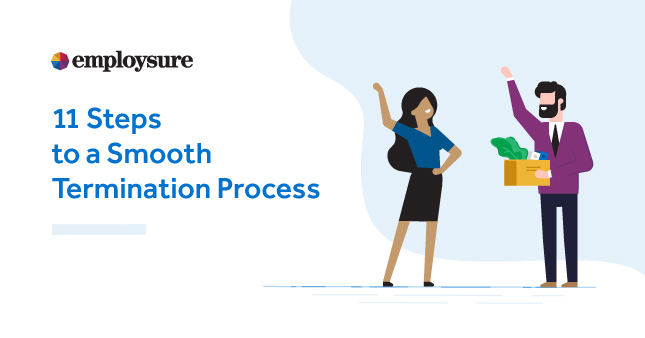
High staff turnover is common at this time of year with both business owners and employees eager to close old chapters and start anew.
An employer’s patience, knowledge, skills and time are tested when a staff member’s employment comes to an end. Employers must confirm how and when the employment will end, ensure there is sufficient evidence in place in case of a dispute, deal with less labour at hand and look to the future to determine what is needed.
Given that they are also trying to handle the day to day requirements of running the business, it is easy to see how things can be missed. We have written this handy checklist of tasks and documentation to help make the end of staff employment a smoother process.
Confirmation in writing – the party instigating the termination should notify the other in writing, stating the reasons for the termination. Employers should seek advice prior to providing such notification. Employers should write to the employee if the employee doesn’t provide written notification of resignation to clarify their reason for leaving.
Notice and redundancy obligations – Check the termination of employment provisions in the Fair Work Act, the employee’s award or agreement, and contract. Ensure both parties comply with these provisions.
Payment in lieu of notice – If you are concerned about the employee remaining in the business during their notice period, check if you can enforce payment in lieu of notice or gardening leave rules in accordance with the employee’s contract of employment.
Outstanding entitlements – Calculate any payout entitlements such as wages, unused annual or long service leave as at the date the termination of employment will take effect.
Exit interview and hand over – The exit interview is conducted prior to the employee leaving. The primary aim is to learn the reasons for the departure, so the issues can be reviewed and acted upon to improve the business and retention of staff. They are also provided an opportunity to transfer knowledge and experience from the departing employee to others who will be taking over moving forward.
Clarify any agreed restraints with the employee – Restraints are commonly included in contracts with permanent staff members. Whilst a restraint cannot restrict the exiting employee from earning a living, they can restrict employees from using the goodwill and knowledge gained through their employment to establish a competing business or poach/interfere with relationships with current staff and clients.
Return of property – Arrange the return of any of the employer’s property e.g. mobile telephone, laptop, business cards, office keys and security passes. Change any passwords and other security measures to prevent ex-workers from accessing the premises or secure networks. A list of any property issued to the employee is useful in ensuring that everything is returned when a staff member leaves.
Statements and references – There is no requirement to provide either, but it is wise to only provide a statement of service unless the employer wishes to honestly vouch for the employee’s capabilities and performance. Be aware that disputes can arise about whether the details provided either in writing or verbally are accurate and/or defamatory about the employee.
Separation certificate – Provide an Employment Separation Certificate if Centrelink or the employee requests one. This is a requirement at their request, but seek advice prior to documenting any contentious or damaging reason/details on this document.
Employment records – Update the employee’s employment records. Also provide the final payslip and issue a payment summary/group certificate at the appropriate times following termination.
Notify other parties affected by the termination – E.g. the employee’s superannuation fund, workers compensation and other insurers (where relevant), other employees and managers, pay office, key customers etc. Only advise them that the employee is leaving/has left the job, not the reasons for it.
This checklist isn’t exhaustive. While it’s a great tool to get you started, it is important that you obtain advice in relation to a termination or resignation to ensure your business is not exposed to risk. Should you require assistance, please contact us at 1300 651 415.
